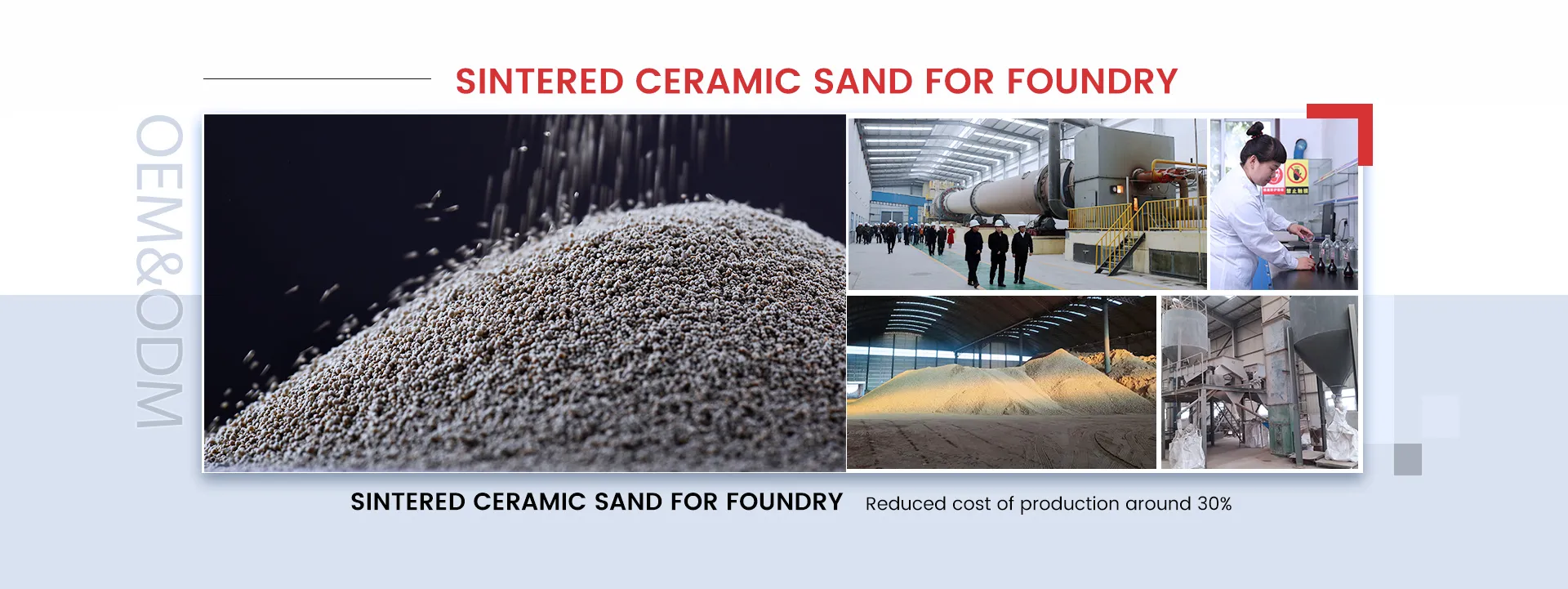Fine Casting Sand A Crucial Element in Metal Casting
Fine casting sand is an essential material in the metal casting industry, used primarily for creating molds that shape molten metal into desired products. The quality of the sand directly influences the outcomes of the casting process, making it a vital component in ensuring precision, surface finish, and overall durability of the final products.
The primary characteristics of fine casting sand include its grain size, shape, and chemical composition. Typically, fine sand consists of silica, which is favored for its high melting point and resistance to thermal decomposition. The particle size of the sand typically ranges from 0.05 to 0.5 mm, and its uniformity is crucial for achieving a smooth surface on the casted objects. The finer the sand, the better the mold can replicate the details of the pattern used.
One of the outstanding features of fine casting sand is its ability to retain moisture, which is vital in ensuring the sand's adhesion properties, preventing it from breaking apart under the heat of the molten metal. Properly prepared sand can withstand the extreme temperatures during the casting process without breaking down, maintaining a reliable shape and integrity throughout the process.
Moreover, fine casting sand can be mixed with various additives to enhance its properties
. For example, clay is often added to improve the binding capabilities, while other additives may control the permeability and moisture content. The balance of these ingredients is critical, as improper ratios can lead to defects in the mold, resulting in flaws in the final cast product.fine casting sand

Another significant factor in the utilization of fine casting sand is its recyclability. Many foundries implement recycling processes that allow for the reuse of sand, thereby minimizing waste and reducing costs. This process not only contributes to environmental sustainability but also ensures that the sand maintains a consistent quality when reused.
The application of fine casting sand is widespread across various industries, including automotive, aerospace, and artistic sculpture. Its versatility allows foundries to produce a diverse range of products, from intricate components in machinery to complex artworks. The ability to create precise molds is particularly important in industries where details and performance are critical.
In recent years, advancements in technology have further improved the performance of fine casting sand. Innovations in sand treatment and handling processes have enhanced the quality of molds, resulting in better casting outcomes and reduced production times. Additionally, ongoing research in the field seeks to develop alternative materials and composites that can either supplement or replace traditional fine casting sand, promising even greater efficiencies in the future.
In conclusion, fine casting sand is a fundamental element in the metal casting process, impacting both the quality and efficiency of production. As industries continue to evolve, the methods and materials used in casting will likely continue to advance, underscoring the importance of fine casting sand in achieving high-quality metal products. This vital material, with its distinct properties and applications, remains at the forefront of metalworking technology and innovation.
Post time:Eyl . 25, 2024 13:31
Next:Exploring the Techniques and Benefits of Iron Sand Casting in Modern Manufacturing
